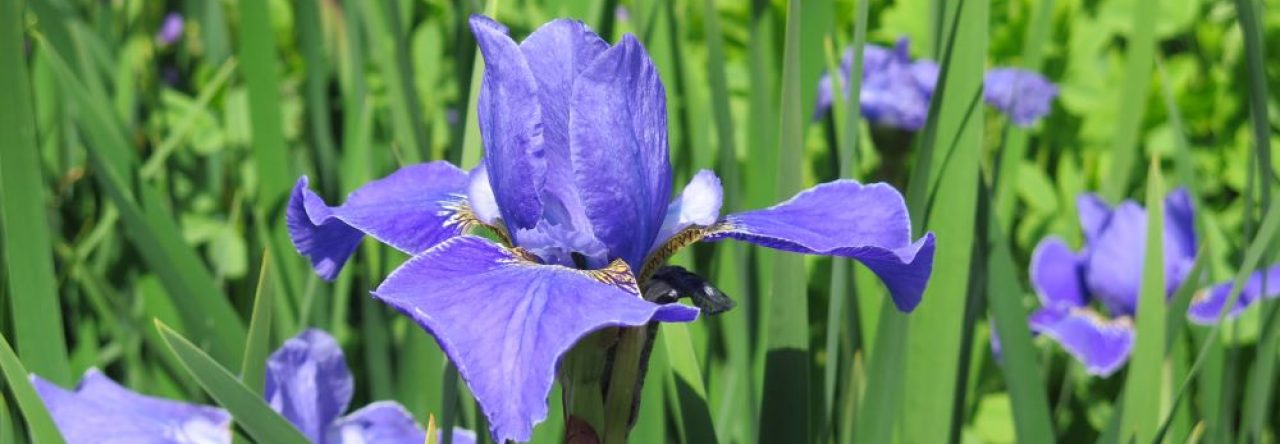Anyone who has a place to grow a plant – indoors or outdoors – using a back garden, greenhouse, allotment or windowsill can be actively involved in the conservation of cultivated plants as a Plant Guardian. This means our members can take part in active conservation without needing to hold a National Collection.
Whilst most plants recorded on the Plant Guardian scheme are held by individual members, there are a handful of Plant Guardians that are gardens and societies who have taken an interest in recognising and promoting the significance of their rare and endangered plants.
Stephen Peters of Worth Park, Crawley explains his interest in recording the rare camellias grown at Worth Park.
‘In 2022 we investigated our camelias to see if any of them could have conservation status due to their history, so with careful study (taxonomy) and working with Plant Heritage and the International Camellia Society, we discovered that we had some of the rarest cultivars here in England and probably the world.
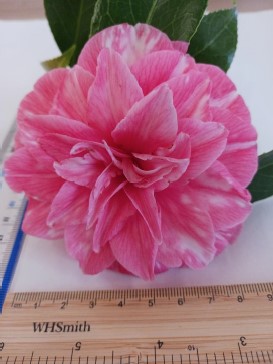
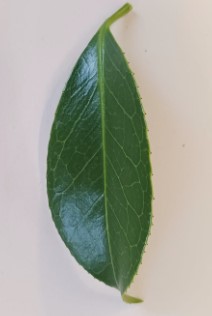

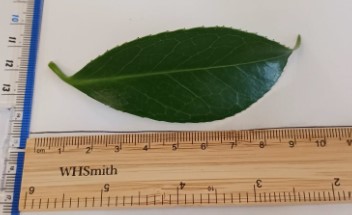
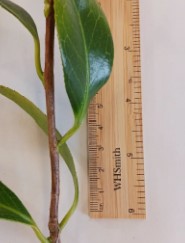
The camellias in question are now recorded on Plant Heritage’s Plant Guardian scheme, and some of them have been identified by their Threatened Plant Programme as being threatened in cultivation in the UK & Eire. Worth Park is now on the path on conserving these rare specimens via a partnership with a local nursery.’
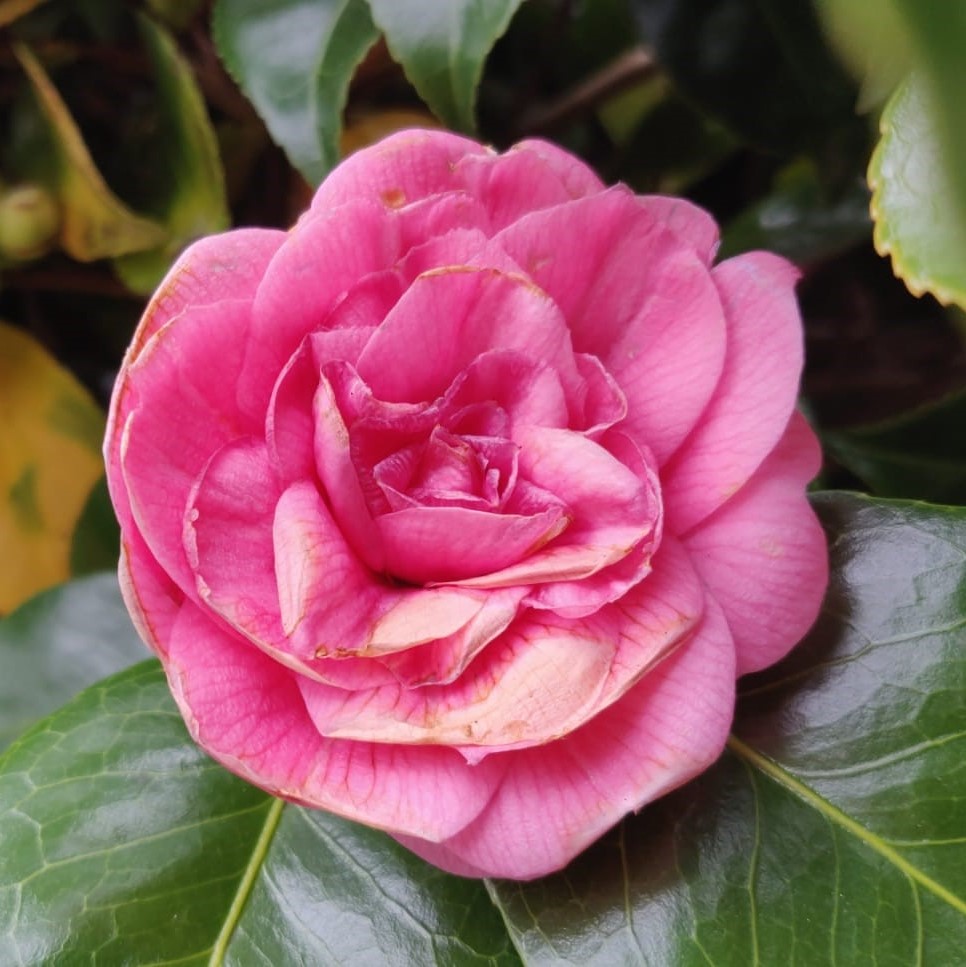
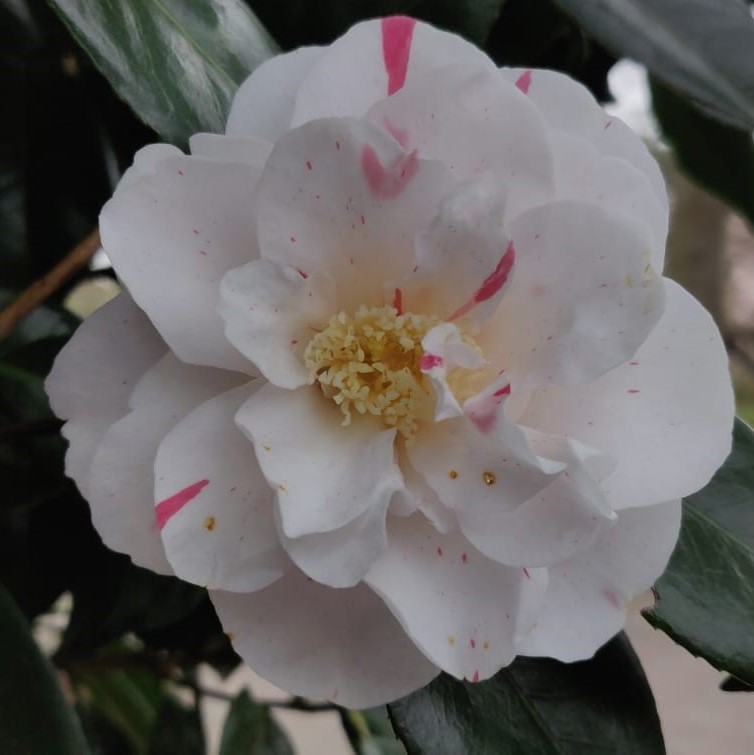
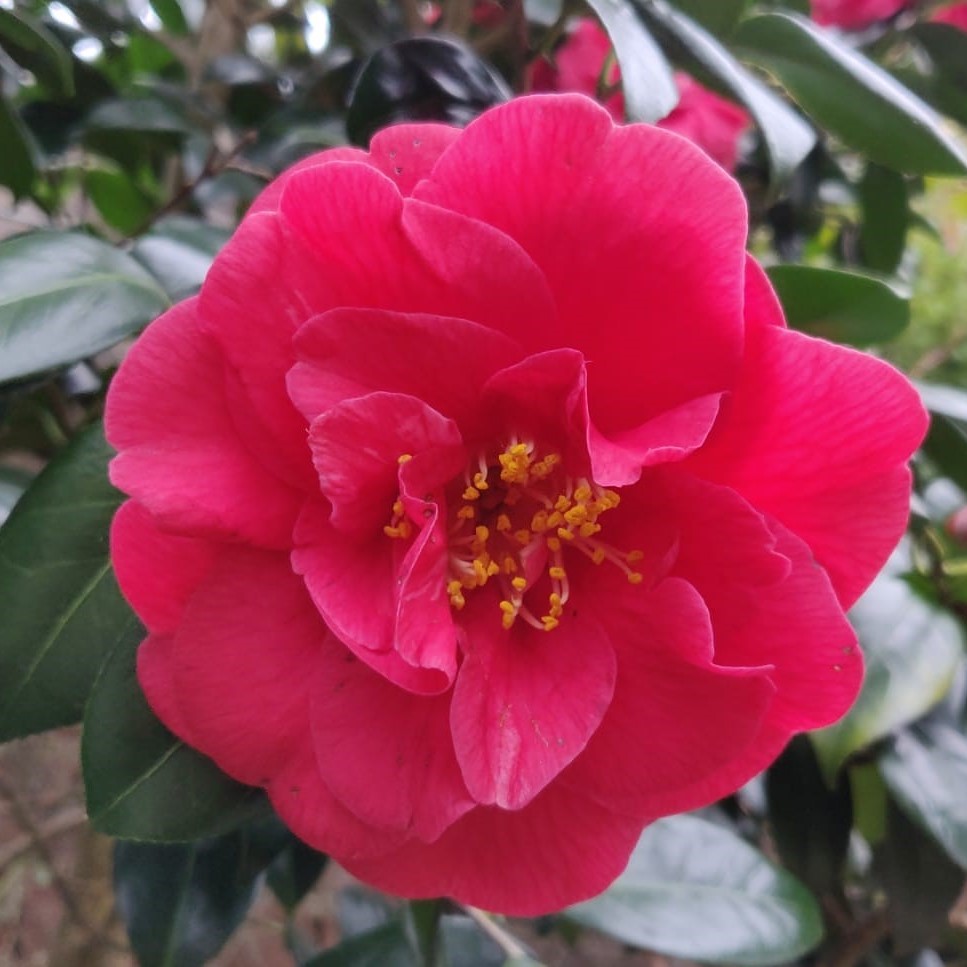
The camellias at Worth Park are displayed within the most wonderful and unique setting, Stephen describes it as a Victorian architectural gem, which according to their research is unique in the UK.
‘The most visible aspects of the garden that remain, including the Camellia corridor, were developed from 1884-1887 by appointment of Henry Ernest Milner V.H.M who was involved in the design of Worth Park. He was commissioned by Sir Francis Montefiore, to transform his gardens into a Victorian paradise of floral grandeur. Milner designed the park layout, while James Pulham and Son (Victorian Landscapes) implemented his plans and created artificial rockwork, water features, the fountain, the rockery/fernery and the terracotta balustrades of Italian style and influence.’
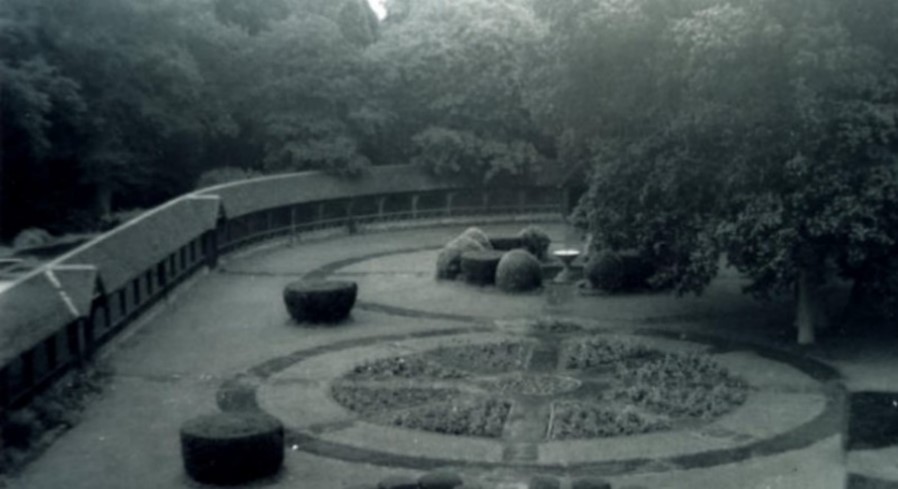
The camellia corridor is a striking feature and Stephen describes further some its unique aspects. ‘The curved corridor protecting one side of the garden is very unusual, 100m long and 2.6 m wide with Victorian black and red tiled flooring, cut and laid out to perfection. The width of the camellia border .5m to .6m, with a bordering stone adjoining the Victorian Minton tiles with the obvious intention of retaining the soil and defining the pathway. There would have been four entrances along its entirety, and you can still see the floor runners and fixings to this day. There has been a new entrance added in the past ten years to give members of the public access to the camellia corridor, and to the rest of the Victorian park.’
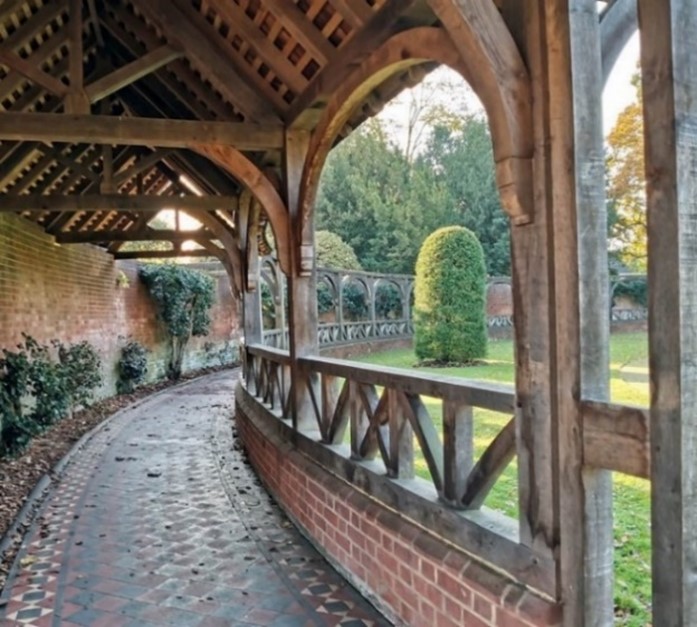
Stephen states that the most elaborate aspect of corridor is that the openings would have been fitted with great sheets of glass, enabling guests of wealth & stature to be entertained within the relative warmth and dry whilst overlooking the formal gardens. Quite a treat for the gardener to work in those conditions too!
According to Stephen, his research shows that the camellias would have been planted with ferns, orchids and other plants of splendour and exotic interest.
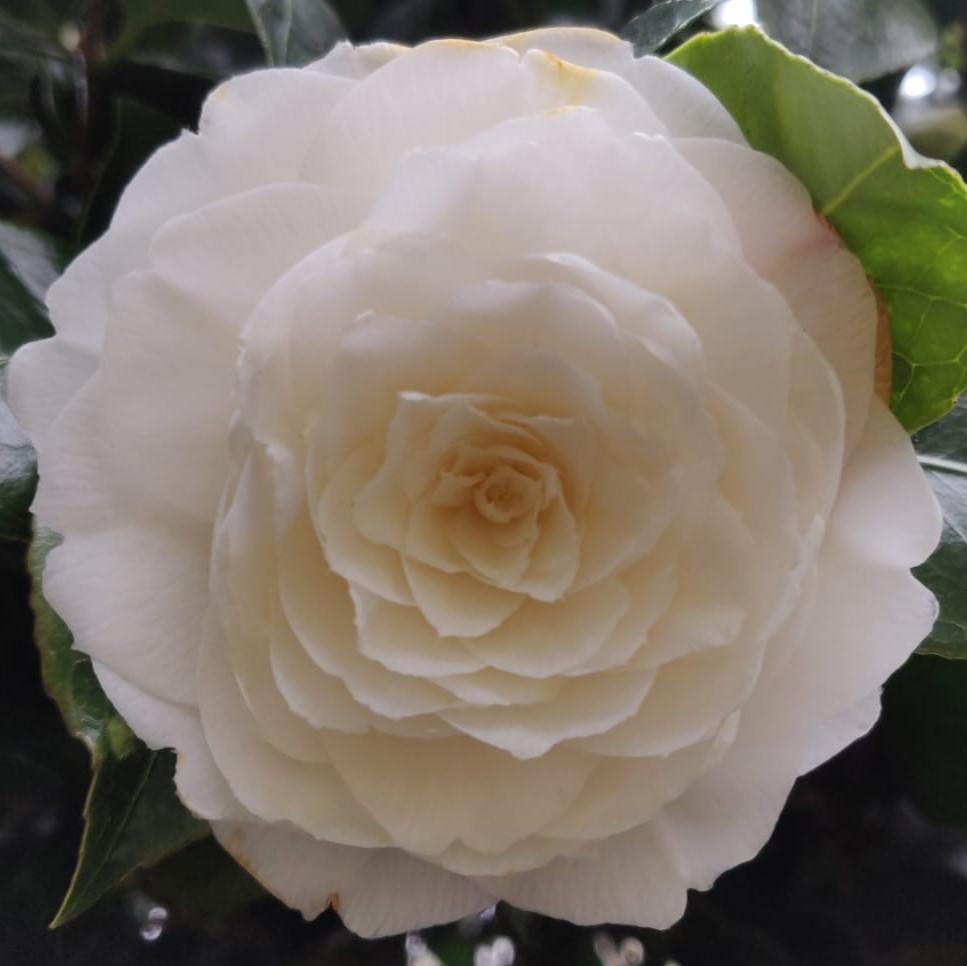
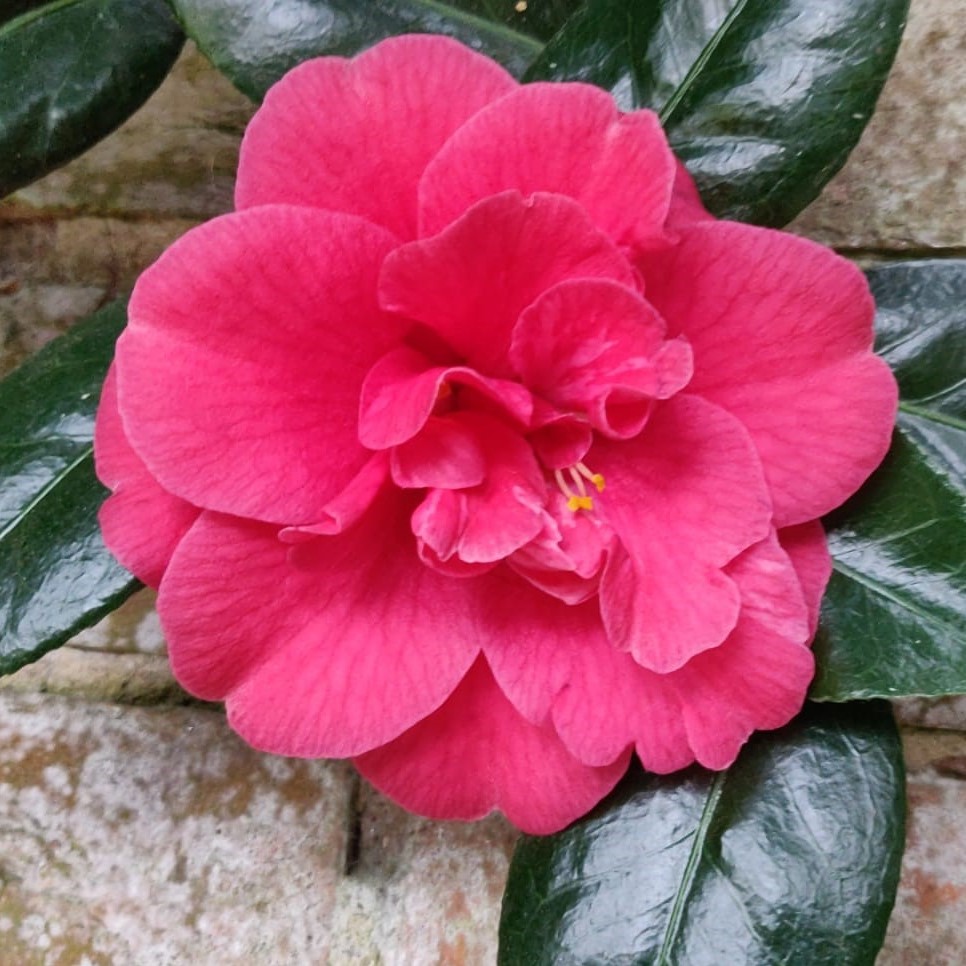

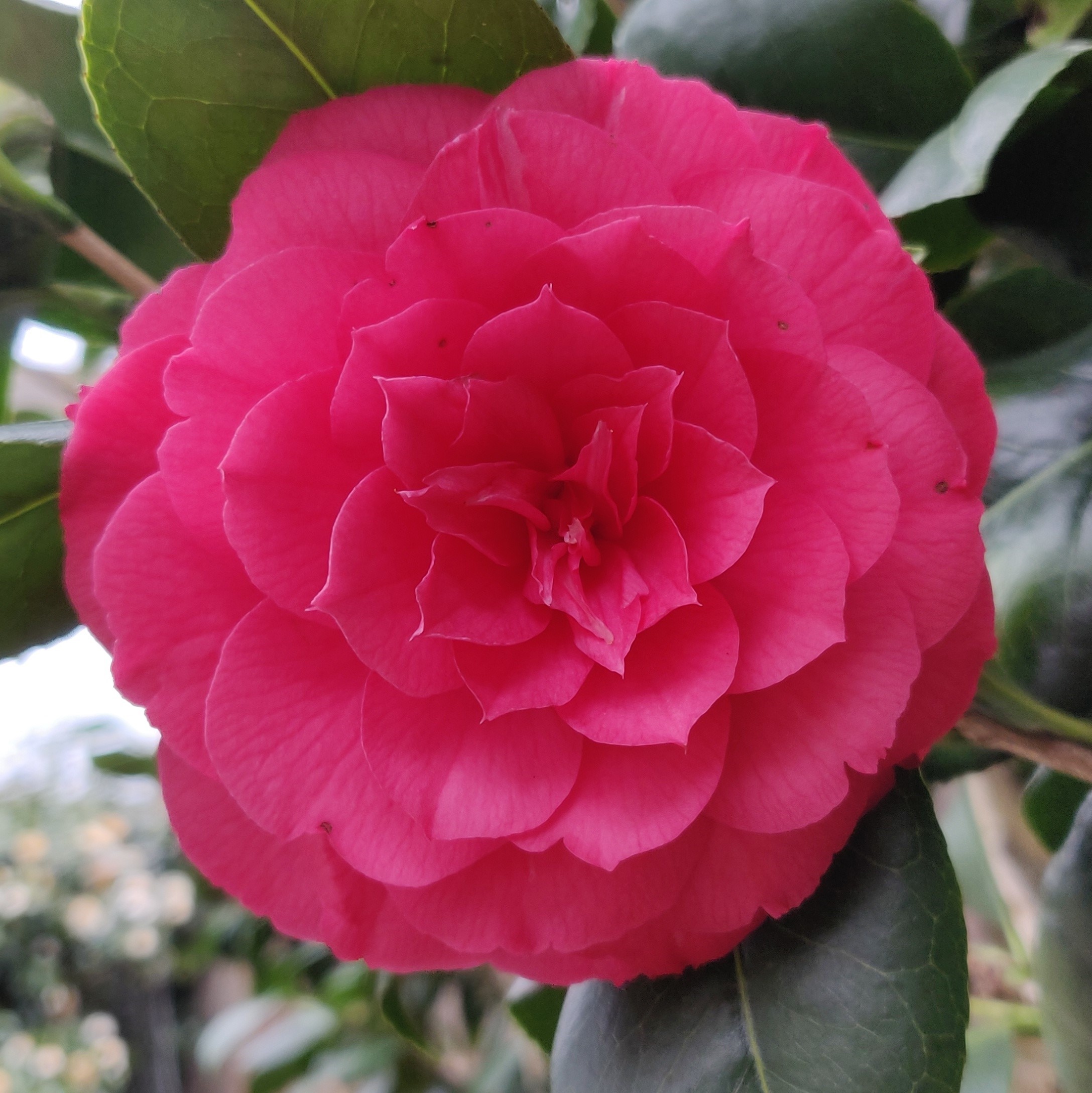
Stephen and his team are now documenting the camellias to enable identification, once successful they record them onto the Plant Guardian scheme and highlight their significance to the wider public.
If you would like to find out more or become a plant guardian, please visit http://bit.ly/PlantGuardians.
To join Plant Heritage: https://bit.ly/PHmembership.
With special thanks to Stephen Peters of Worth Park for his contribution.

